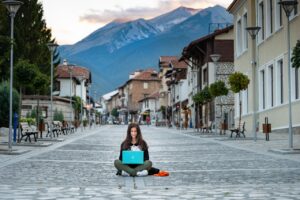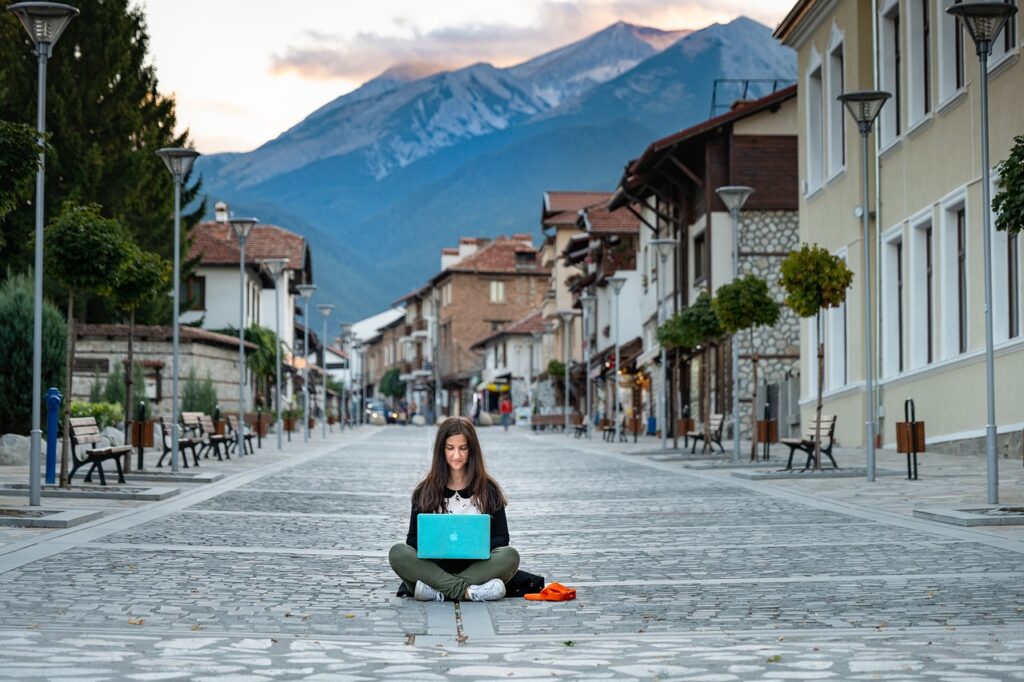
- Home
- About me
- Destinations
- Planning
Find Hotels
Via Booking.com
Find a Rental Car
Via Rentalcars
Find Cheap Flights
Via WayAway
Get a Travel Insurance
Via Omio
Book Tours and Attractions
Via klook
Book a Bus/Trainer/Transfer
Via 12Go
Find Hotels
Via Booking.com
Find a Rental Car
Via Rentalcars
Find Cheap Flights
Via WayAway
Get a Travel Insurance
Via Omio
Book Tours and Attractions
Via klook
Book a Bus/Train/Transfer
Via 12Go
- Courses
- Shop
- Blog




















